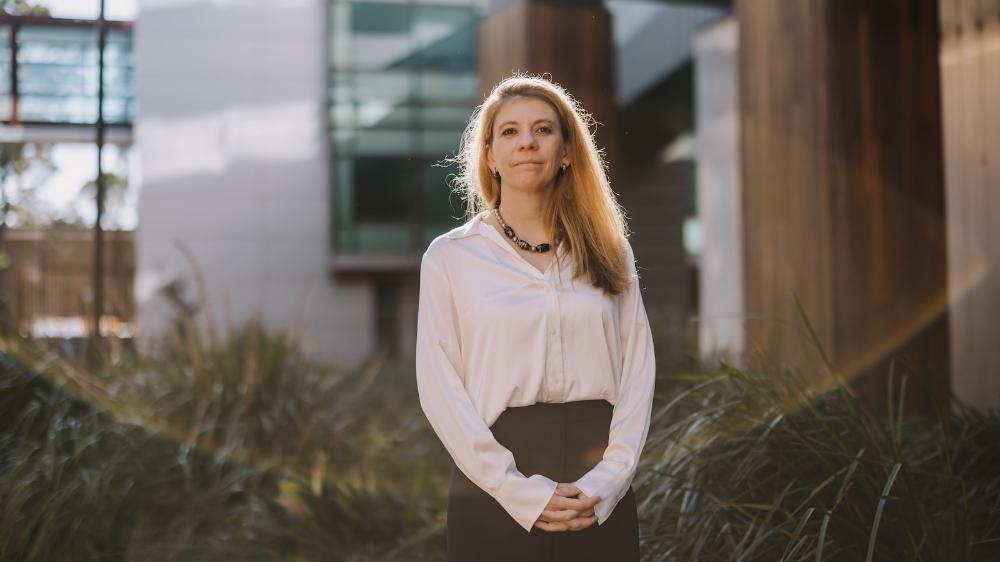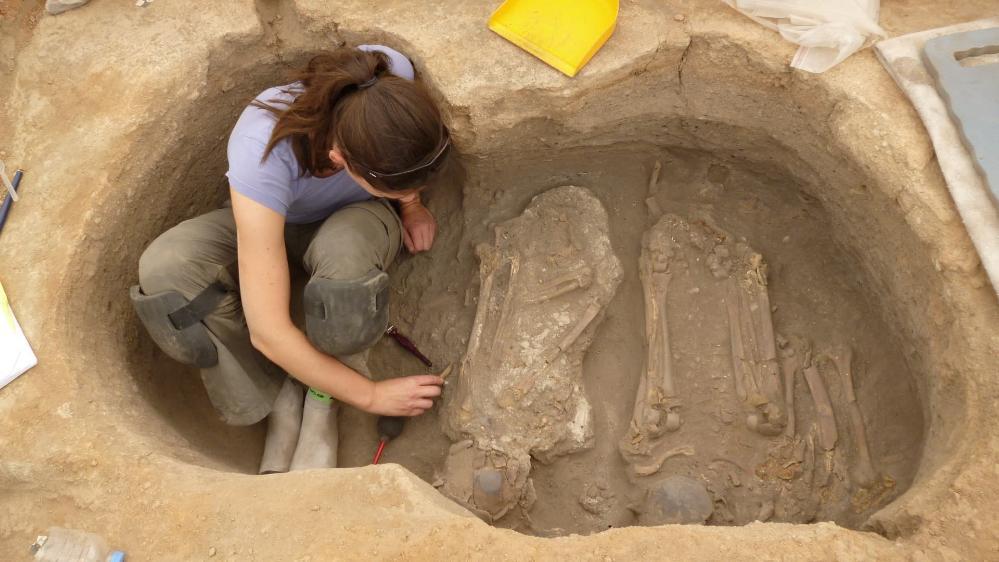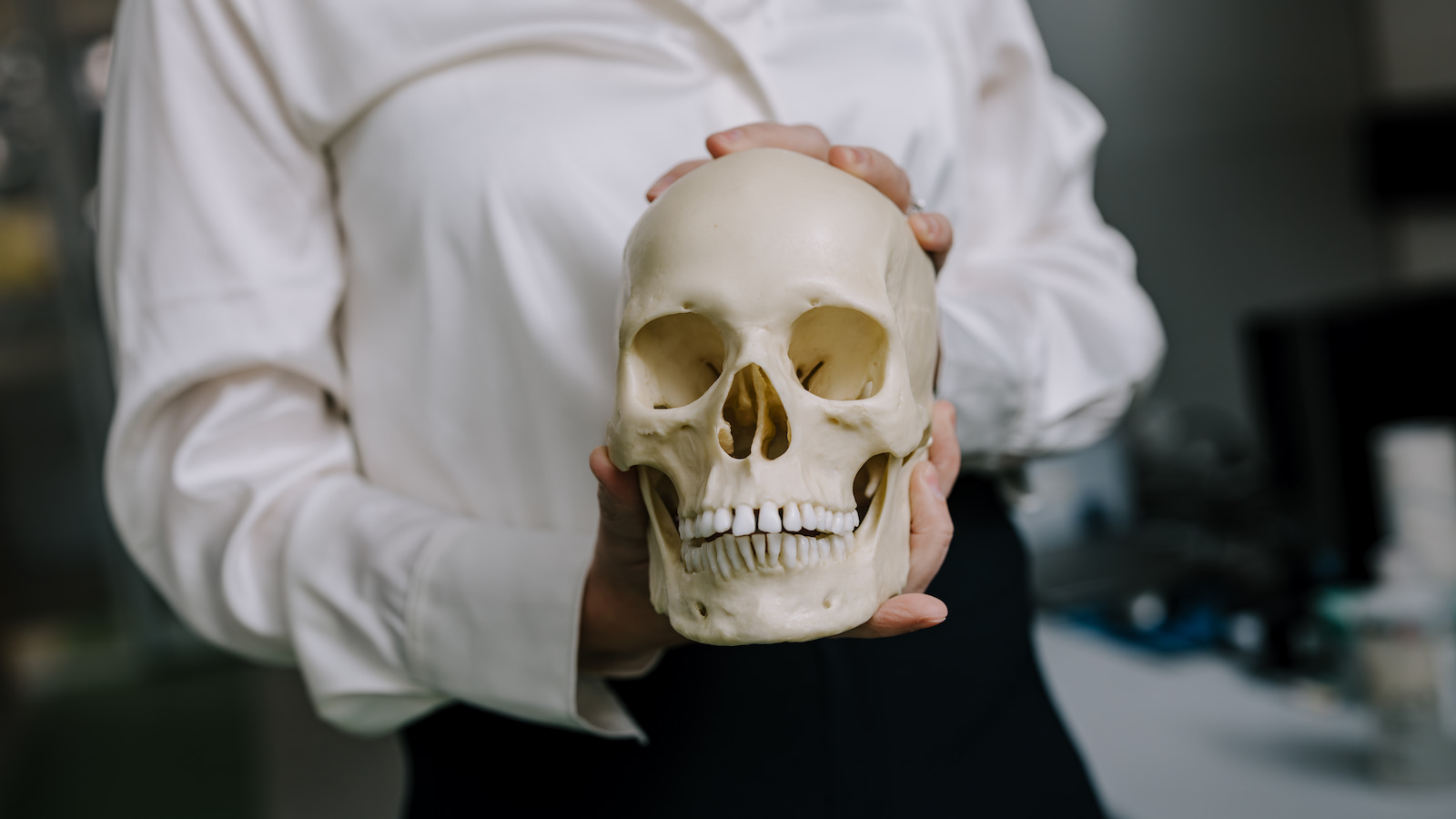June 27, 2025
Ancient skeletons reveal the world’s first city Çatalhöyük was female-centred
МмГАґ«ГЅapp scientist helps decode 9,000-year-old genomes to understand gender dynamics, burial practices of ancient society
A new study has shined a light on the burial practices and gender dynamics of the Middle East approximately 9,000 years ago, after researchers extracted the ancient genomes of more than 130 skeletons at the UNESCO World Heritage Site of . from the University of МмГАґ«ГЅapp’s (МмГАґ«ГЅapp) School of Science was part of a team of geneticists, archaeologists, and biological anthropologists who used cutting-edge technology to analyse the DNA of skeletons found in the stone age settlement in Türkiye. Their research, the result of 12 years of painstaking work, was in Science.
“By illuminating the genetic footprints of ancient societies, we are not only redefining our understanding of human history, but also gaining unprecedented insights into the rich cultural traditions that shaped civilisations,” said Dr Schotsmans.

Discovered in the 1960s, Çatalhöyük was inhabited from 7100BC to 6000BC and is a contender for the world's first city. Its large size, vivid wall paintings, dominant female figurines and apparently egalitarian society captured archaeologists’ imaginations. The researchers were able to extract DNA from 131 of the 400 skeletons, a mix of males and females, found in grave pits under the floors of the city's mudbrick houses. In early Çatalhöyük, family members were buried together, but that changed over time. The researchers discovered that many of the deceased had no biological connection. Where there was a genetic connection, it was through the female lines. This suggests the communities were matrilocal, meaning husbands relocated to the wife’s household upon marriage. Dr Schotsmans, whose research combines archaeo-anthropology and forensic sciences, said the burial practices, including the goods bestowed on the graves of babies and children, revealed the importance of females to the ancient society.

"Previous work had investigated whether women or men received more burial gifts or ochre application but no clear difference was seen. But at the time, they could not study this in child graves, because you can't tell a child's sex from its skeletal anatomy. But sexing is a piece of cake with genetic data.
“We need to move away from our Western bias that assumes all societies are patrilineal. Many cultures, including some Indigenous Australian groups, pass identity, land rights, and responsibilities through the mother’s line — a matrilineal system,” Dr Schotsmans said.
The findings are essential to understanding the gender dynamics and cultural constructs of ancient civilisations.
About the research
‘Female lineages and changing kinship patterns in Neolithic Çatalhöyük’, by Eren Yüncü, Mehmet Somel, and Eline Schotsmans is published in Science,
